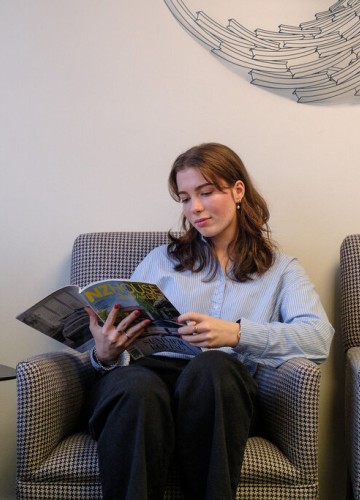Home / Procedures & Investigations / Colposcopy
Colposcopy
A colposcopy is a procedure that allows a specialist gynaecologist to closely examine the cervix (the neck of the womb), vagina, and sometimes the vulva using a colposcope - a magnifying instrument with a light.

A colposcopy is usually recommended after an abnormal cervical screening test, such as detection of high-risk HPV or abnormal cervical cells (CIN).
It is not an operation and does not require a general anaesthetic. Most people find it similar to having a cervical screening test, although the appointment may take a little longer.
Your gynaecologist will recommend the procedure when it is needed to guide safe and effective care.
Why is a colposcopy performed?
Colposcopy may be recommended to:
investigate abnormal cervical screening results
check for cell changes (CIN) that could develop into cancer if untreated
look more closely at the cervix, vagina, or vulva if there are unexplained symptoms such as bleeding or visible changes
What's involved in a colposcopy?
A colposcopy is a safe and effective way of detecting abnormal cervical changes early, before they develop into cancer.
Most people who have a colposcopy do not require further treatment, but if treatment is needed, it is usually straightforward and highly effective.
Your gynaecologist will explain the results, answer your questions, and guide you through any next steps. You do not need to feel anxious about asking for reassurance, your gynaecology team is there to support you.
Step 1
You will be asked to lie on an examination couch, similar to during a smear test. A speculum is gently inserted into the vagina so the cervix can be seen clearly. The colposcope itself does not go inside you, it stays just outside, acting like a magnifying glass.
Step 2
Your gynaecologist may apply a liquid such as dilute acetic acid to the cervix. This helps highlight any abnormal cells.
Step 3
If needed, a biopsy (a tiny tissue sample) will be taken from the cervix for testing. A biopsy can cause brief cramping or a pinching sensation.
The whole procedure usually takes about 10–20 minutes.
